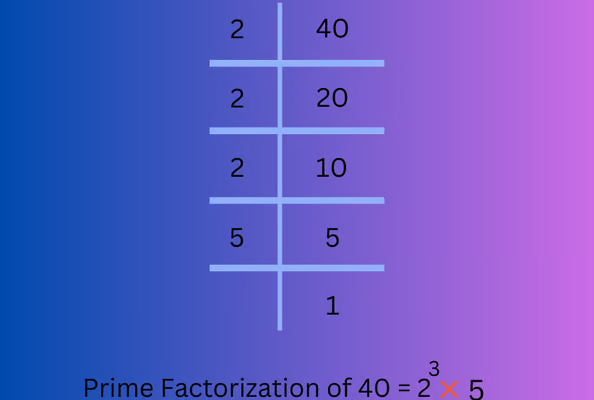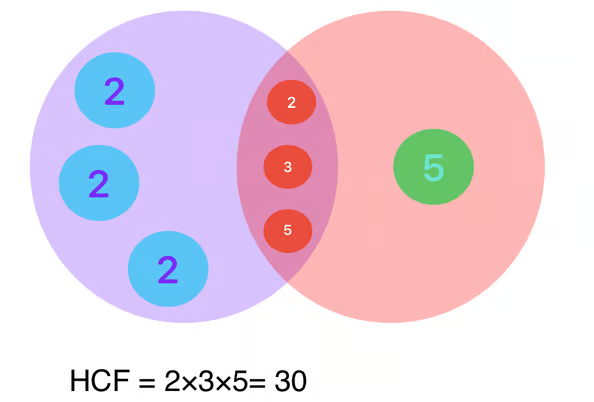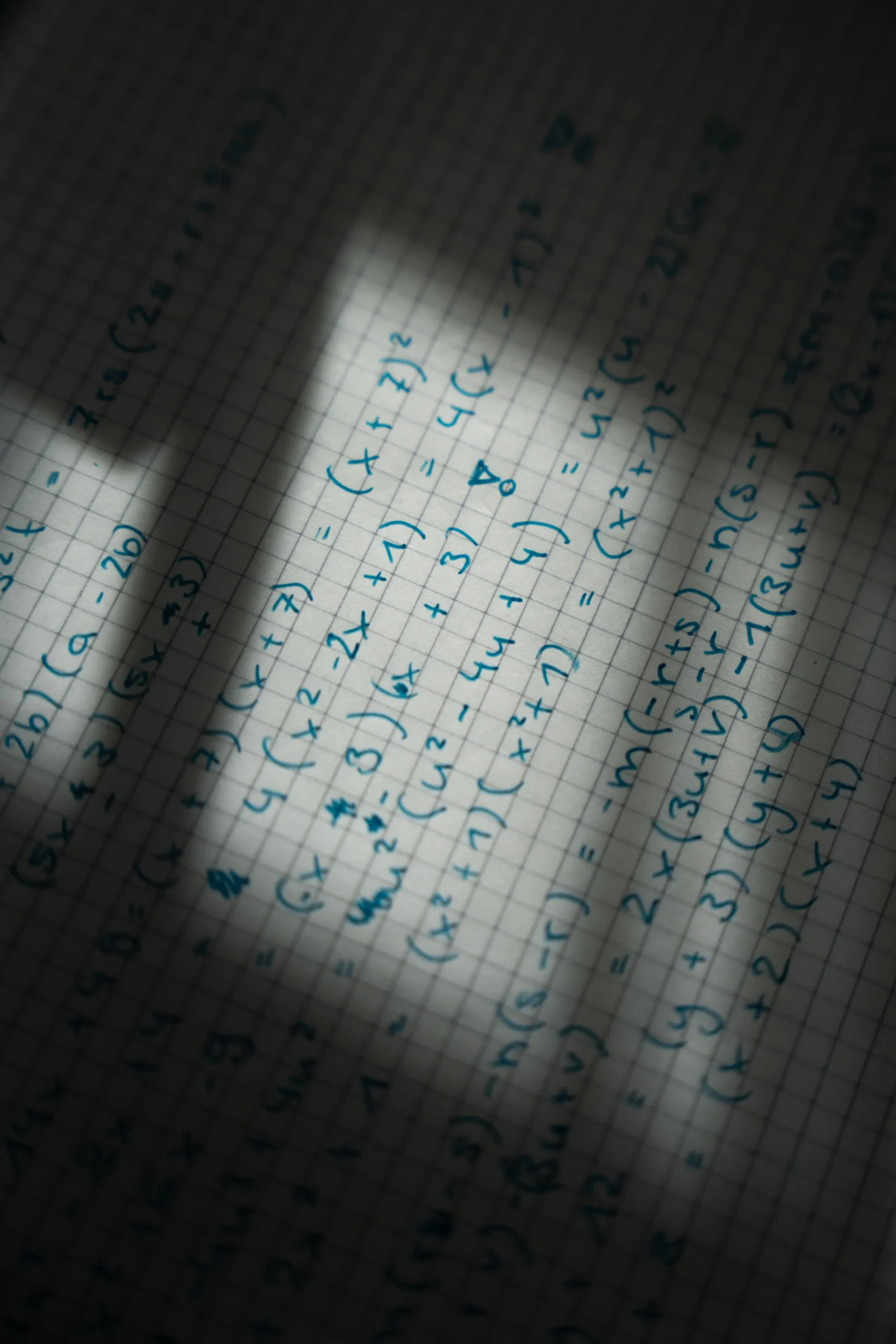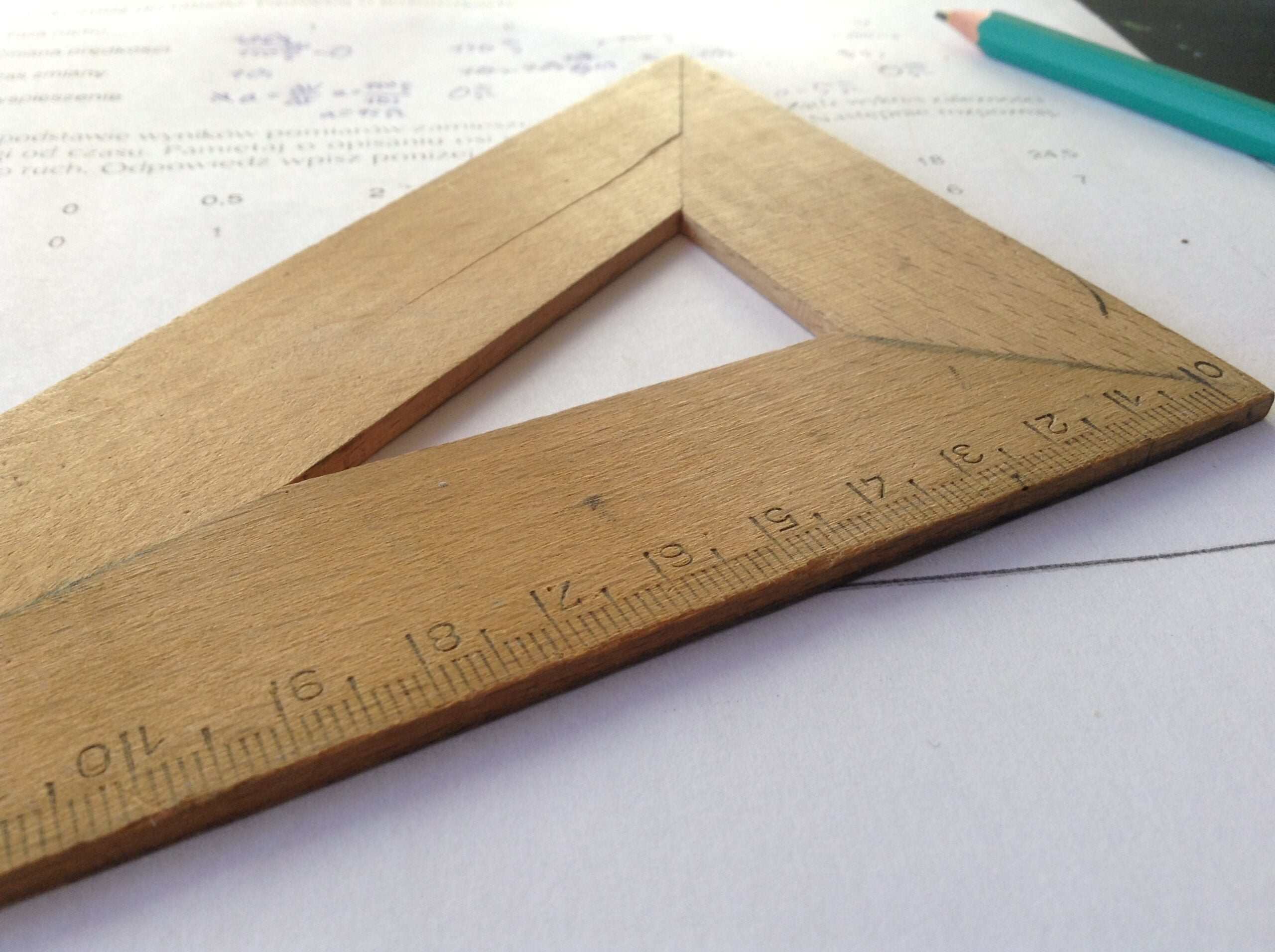Understand concepts involved in topic logarithms
Last updated : 29 June 2024, Saturday
Verified for accuracy
Introduction
Logarithms are a fundamental concept in mathematics, particularly useful in various fields such as algebra, calculus, and complex number theory. They are the inverse operation of exponentiation, just as division is the inverse of multiplication.

Definition of Logarithms
The logarithm of a number is the exponent to which another fixed number, the base, must be raised to produce that number.



Explore logarithm graph
Types of Logarithms


Properties of Logarithms


Derivations of important formulas
Fractions come in different forms, and understanding these types is crucial in working with them effectively:


Questions and Answers




Applications of Logarithms
1. Solving Exponential Equations: Logarithms can be used to solve equations where the variable is an exponent.
2. Complex Calculations: They simplify multiplication into addition and powers into multiplication, which makes complex calculations easier.
3. Scientific Applications: In fields like chemistry, biology, astronomy, and geology, logarithms help in dealing with large quantities and exponential growth or decay.
4. Sound and Earthquake Measurement: The decibel scale for sound and the Richter scale for earthquake magnitude are logarithmic scales
5. Computer Science: Logarithms are used in algorithms, complexity analysis, and data structures like binary trees.
6. Finance: Logarithms are used in calculating compound interest and in other financial formulas.
Quiz
Conclusion
Logarithms are not just a mathematical tool but a concept that offers a new perspective on understanding growth, decay, and the nature of exponential change. Their versatility and application in various scientific and practical domains make them an indispensable part of the mathematical toolkit.













